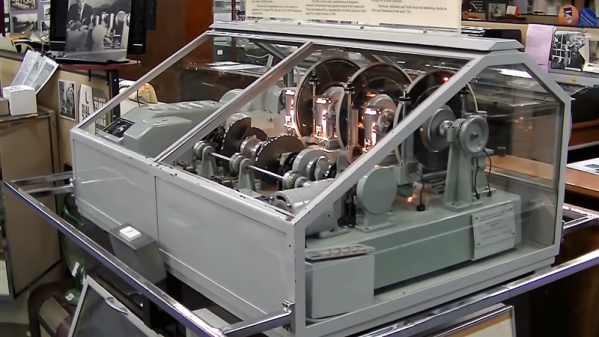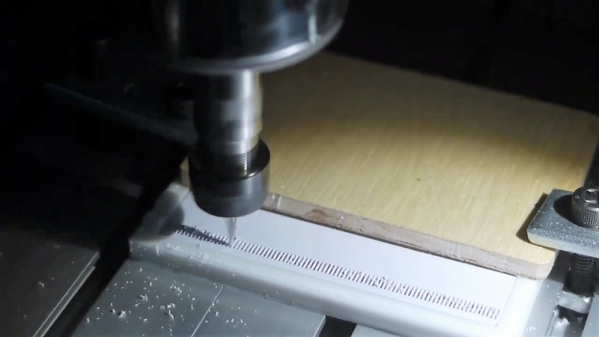The one thing we have learned over the current pandemic is that we need the internet, and the faster the better. Though cost is surely a hurdle, the amount of bandwidth available has its bottlenecks rooted from the underlying technology. Enter new technology from an Australian Research team who have claimed to have field tested internet speeds as fast at 44.2 terabits per second.
The breakthrough in bandwidth is attributed to a new optical chip that employs optical frequency combs or micro-comb, and has been published by [Corcoran et al] of Monash University. The team exploits the ability of certain crystals to create resonant optical fields called solitons and these form highly efficient optical transmission system. For the uninitiated, optical frequency combs are an optical spectrum of equidistant lines whose values if fixed, can be used to measure unknown frequencies. The original discovery earned Roy J. Glauber, John L. Hall and Theodor W. Hänsch the Nobel Prize in Physics in 2005, and though it is a relatively new field it has seen a lot of activity in the research community.
The experimental setup has a resonator with a free spectral range spacing of 48.9GHz, and from the generated optical fields or lines, 80 were selected. Using a side-band modulator the bands were doubled and eventually with 64 QAM modulation facilitated a symbol rate of 23 Gigabaud. Now at this point, the paper says that this experiment is still an under-utilization of the available resources. The extra connectivity speed may be helpful in gaming and streaming but we will be needing faster drives to get our emails attachments downloaded faster. If you are inspired and want to play with lasers and optical communications, check out the DIY Laser Optical Link.
Thanks [Anil Pattni] for the tip.



















